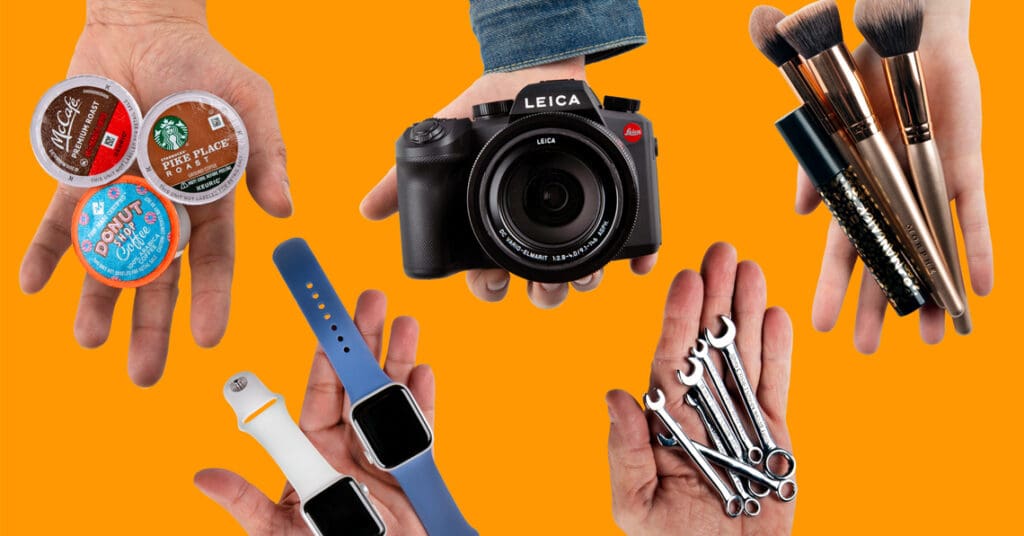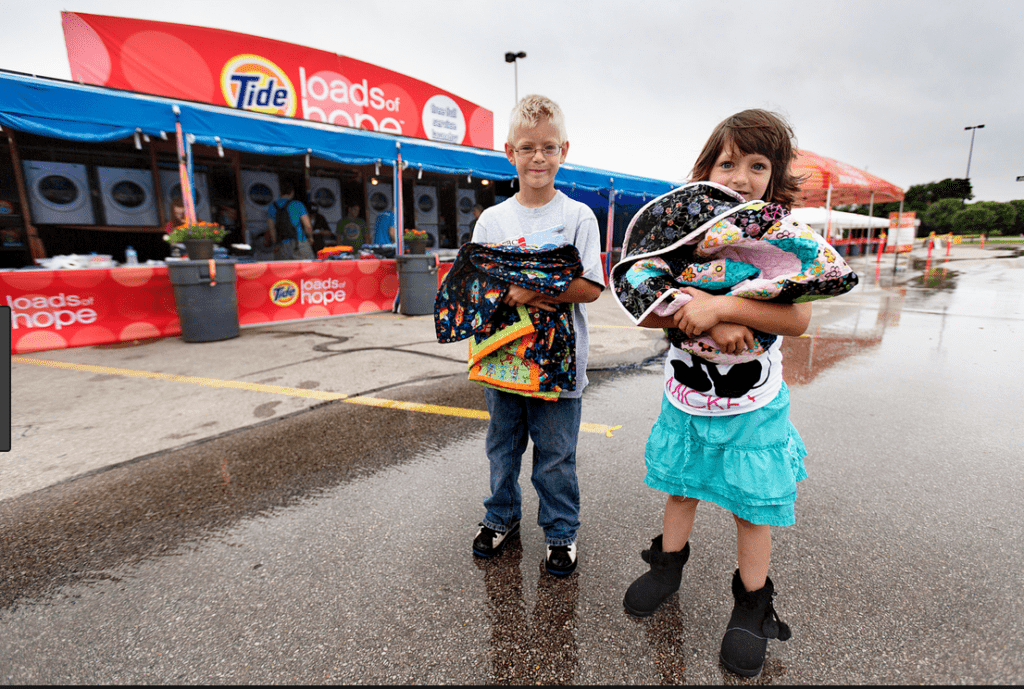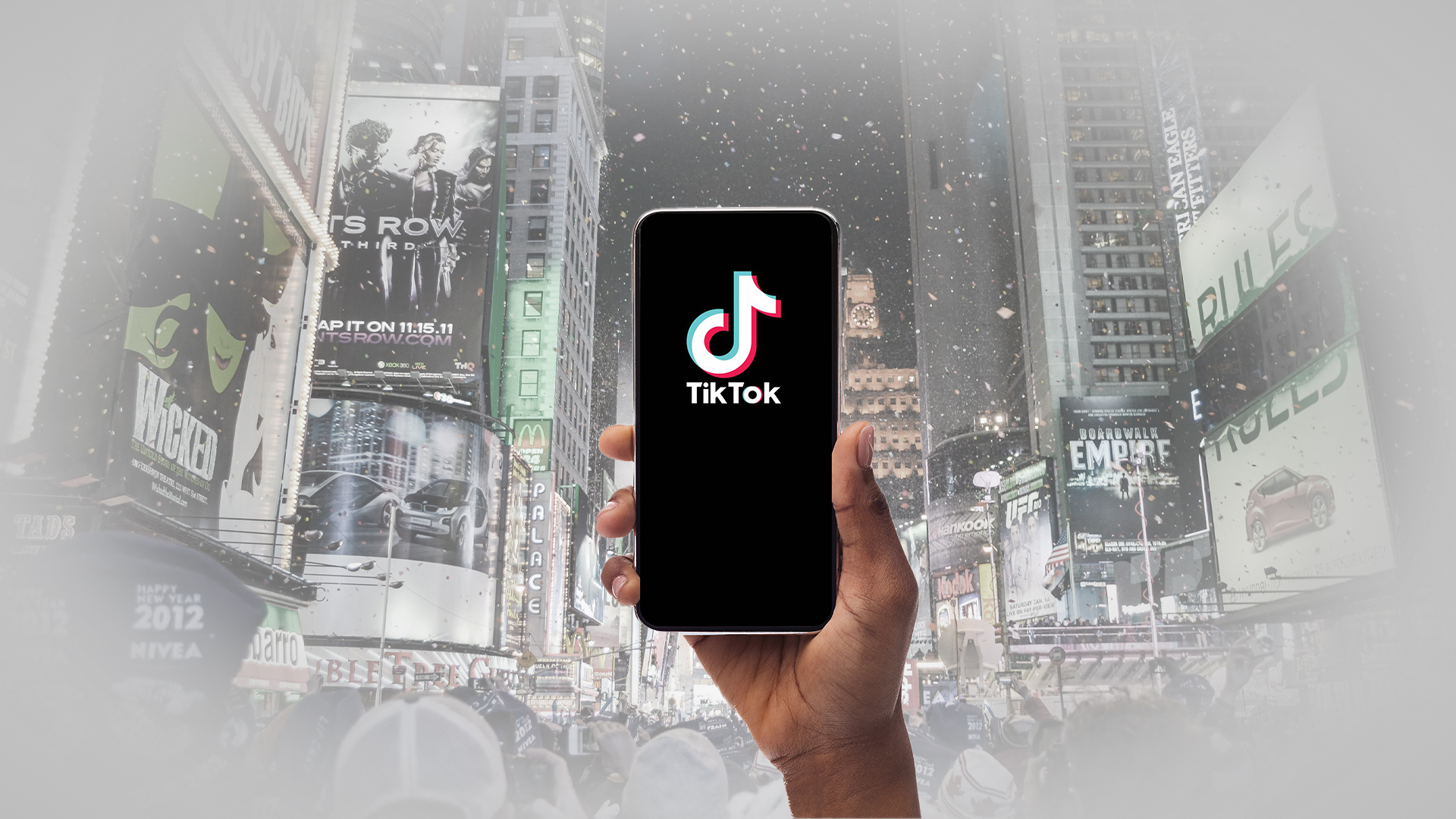
New Year, 5 New Social Media Trends in 2022
As we head into 2022, it’s time to refresh your social media strategy. Make sure you are up to date on the latest social media development and management trends. In this edition of Plain Talk, we’re diving into five popular and influential social media trends in 2022 to consider including in your New Year’s plans.
1. Accessibility
One of the most important trends for 2022 is to focus on accessibility. This includes making your social media content accessible to people with disabilities, such as visual impairment or blindness, hearing loss or deafness, and individuals with cognitive learning disabilities like dyslexia.
To make your content more accessible on social media,
- write out your hashtags in CamelCase,
- draft detailed alternative text for images,
- include closed captioning on videos,
- and limit your use of emojis and custom fonts in social media captions.
CamelCase hashtags refer to capitalizing the first letter of every word. For example, #WriteYourHashtagsLikeThis.
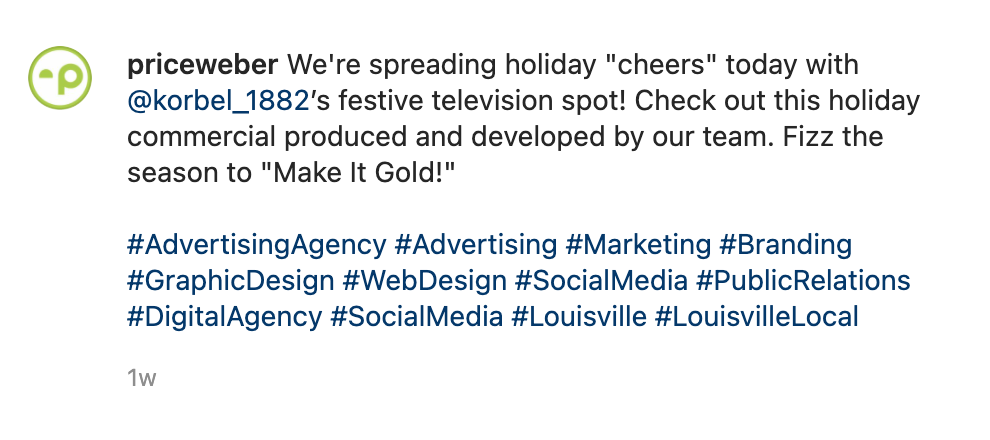
Alternative (alt) text on photos is a detailed description of what the image shows. You can add this on most social platforms if you post directly, and you can add this when scheduling posts on most social media monitoring platforms. As far as video captions, Facebook, YouTube, Twitter, Instagram, LinkedIn and TikTok allow you to include auto-generating captions on your videos. However, they may not always be 100% accurate. To ensure accuracy, adding your own captions when editing a video before uploading is best practice for accessibility. Lastly, limiting the use of emojis and unique fonts is vital to maintain accessibility on your social channels. For individuals who are blind and use assistive technologies, emojis and custom fonts do not always translate correctly through their technology.
2. Short-Form Video
TikTok is increasing in users older than Generation Z, and now that Instagram has developed Reels, there are various ways to make these tools work for your brand. Choosing short-form video over long-form video to get a message out will better keep the attention of social media users, especially when the average attention span for those on social media is typically low.
While many brands have found their niche on TikTok, Duolingo—the language-learning website and app—is taking the cake. Their funny and on-trend videos featuring their mascot keep users’ attention daily. While their other social media channels have seen success, none of those posts earn the hundreds of thousands to millions of likes that their TikTok page secures. They’re reaching their targeted audience, capturing users’ attention, and becoming a viral sensation, all while spreading an educational message of increasing cultural awareness and learning new languages. The TikTok page currently boasts 2 million followers and more than 33 million likes.
3. Influencer Marketing
Speaking of social media leaders, another excellent opportunity for brands in 2022 is to finally invest in influencer marketing—if they haven’t already. It’s not just the big, well-known brands that utilize influencers anymore. With the success of TikTok, we’re seeing the emergence of more and more influencers. In 2020, TikTok saw a 164% increase in sponsored posts and a 481% increase in engagements, according to Traackr, an influencer marketing platform.
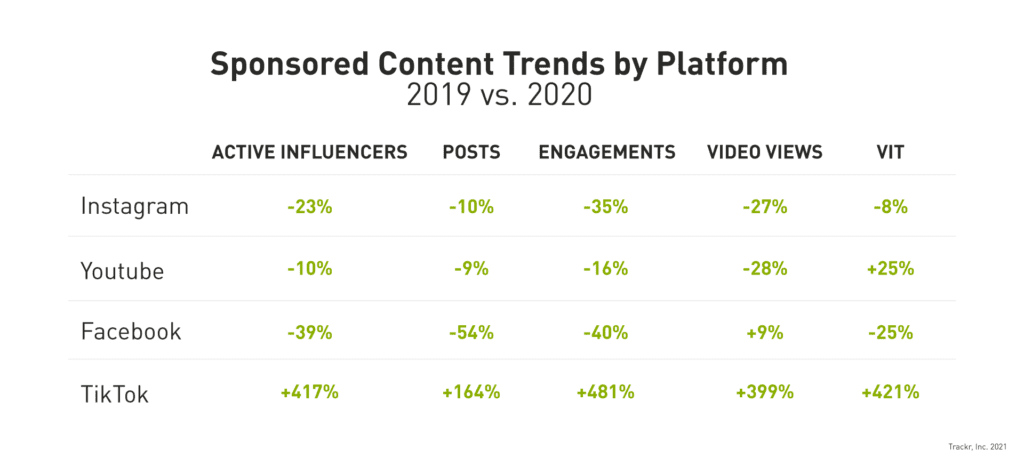
No longer are we focusing on celebrities as influencers; we’re seeing seemingly “normal” people develop an influential following. With that, more doors are opening for influencer opportunities, and there is no denying that investing in influencers as part of a social media campaign can provide a substantial return on investment. From local nonprofits to global conglomerates, brands can experience this heightened awareness through influencer marketing.
4. Paid Social Media
While social media algorithms are constantly fluctuating, there is no denying that organic reach is in a rapid decline – especially on Facebook. Between February 2012 and March 2014, organic reach for the average Facebook Page plummeted from 16% to 6.5%, according to EdgeRank Checker, a tool used for Facebook marketing. At the end of 2020, organic reach had dropped to 5.2% and continues to decline, according to HootSuite. With the competition on the platform and the changing algorithms, the utilization of paid social media is here to stay.
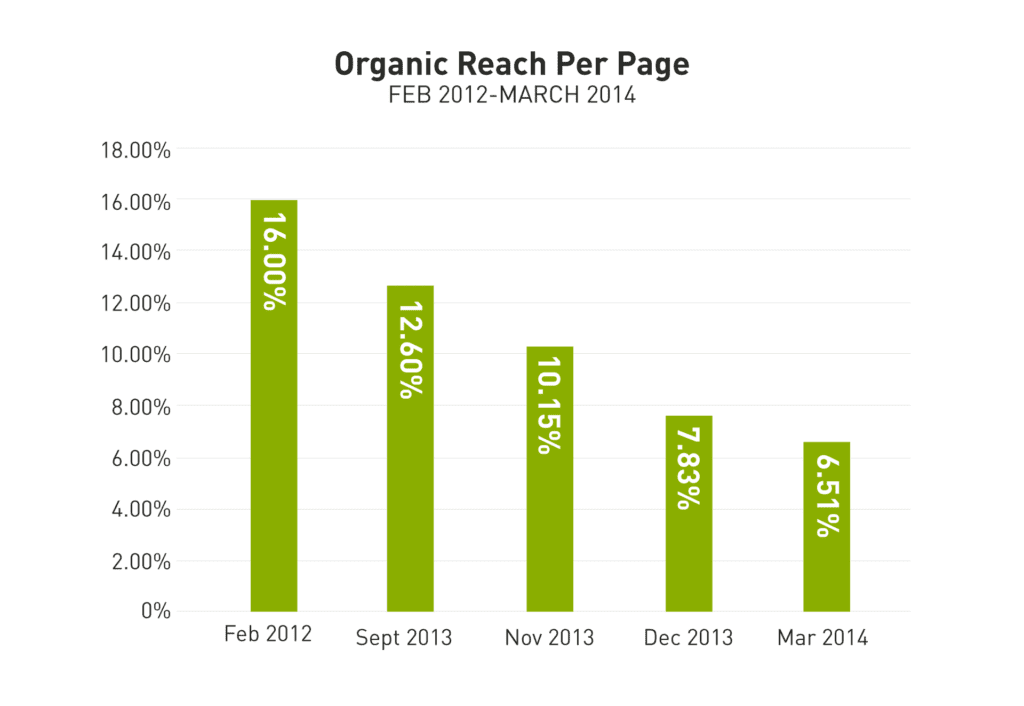
Whether incorporating social media advertisements or boosting social media posts, adding money to your organic social media content can help increase your brand awareness, ultimately leading to a higher number of impressions, engagements and followers. Plus, a little goes a long way. For smaller organizations and brands, you don’t have to focus on spending hundreds of thousands of dollars. You can see results fairly quickly if you put a couple of hundred dollars behind a Facebook post and target your audience. Don’t underestimate the power of paid social media.
5. Increased Corporate Social Responsibility
In the past year, we have seen an increase in brands showing another side of themselves—more down-to-earth and self-aware. Corporate social responsibility involves establishing a statement for the good of society but can quickly be criticized if performed inauthentically.
Consumers have started to demand that brands step up their consumer social responsibility. This is especially true for younger generations. 87% of millennials and 94% of Generation Z expect companies to address pressing social/environmental issues, according to Sourcing Journal Media. Whether it is speaking out on social causes, committing to ethical resources for the good of the environment, or even showing support for brands during a disaster—it’s essential as a brand to take responsibility and be a leader in your industry. As a brand, your social media pages are your own news channel, and utilizing these pages to share your voice helps to gain the respect of consumers.
Starbucks and the drive to be a “resource-positive” company
An example of a brand doing this well is Starbucks and its self-aspiration to be a “resource-positive company.” While Starbucks has years of experience defining them as an environmentally friendly coffee company from their ethical sourcing to sustainable practices, in 2020, the company “committed to a resource-positive future, formalizing environmental goals to cut its carbon, water and waste footprint.”
In honor of their 50th anniversary this year, the brand announced its newest goals—achieve carbon-neutral green coffee and conserve water usage by 50% in green coffee processing by 2030, which means Starbucks will limit the use of greenhouse gases during the initial steps of the coffee supply chain when the beans are grown, harvested and transported—prior to roasting. Along with this, Starbucks has made several additional commitments to lead the industry toward sustainability. The brand has utilized LinkedIn as its call-to-action page to support the majority of its corporate social responsibility posts. From the page description to the feed content, their commitment is clear.
Get Expert Help With Social Media Trends
These five trends are just scratching the surface of what is to come in 2022. As we move into the year, take some time and revisit your social plan to see if it aligns with your industry or if you could use a refresh.
If you have any questions about implementing new ideas into your social media strategy, our team of experts can help. For more information, give us a call at 502-499-4209 or contact us online today.
Our Articles Delivered
Signup to receive our latest articles right in your inbox.


